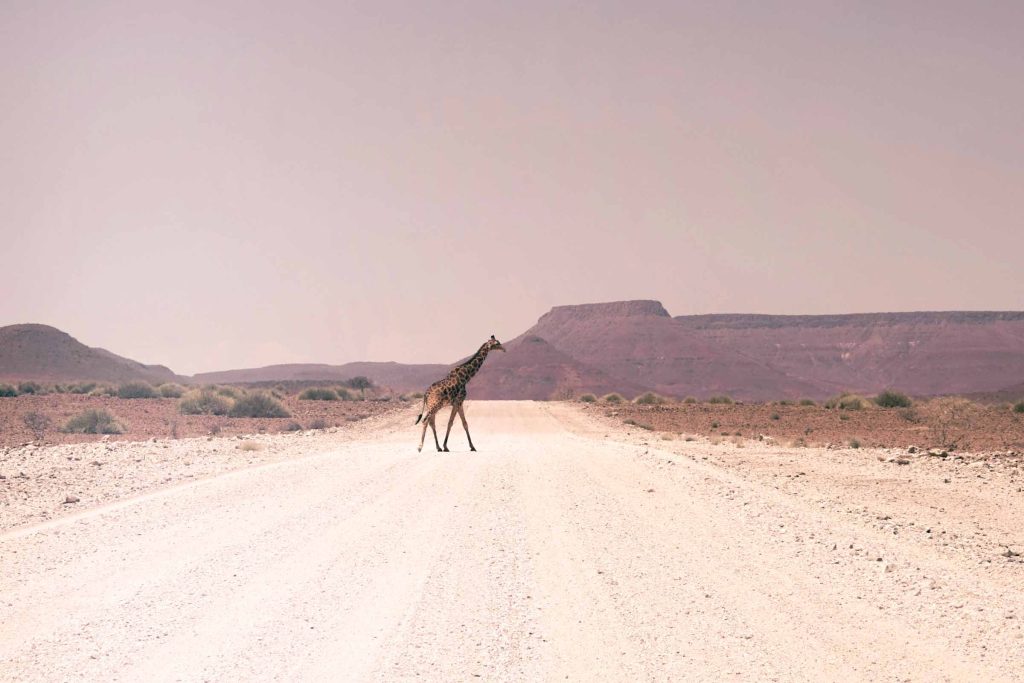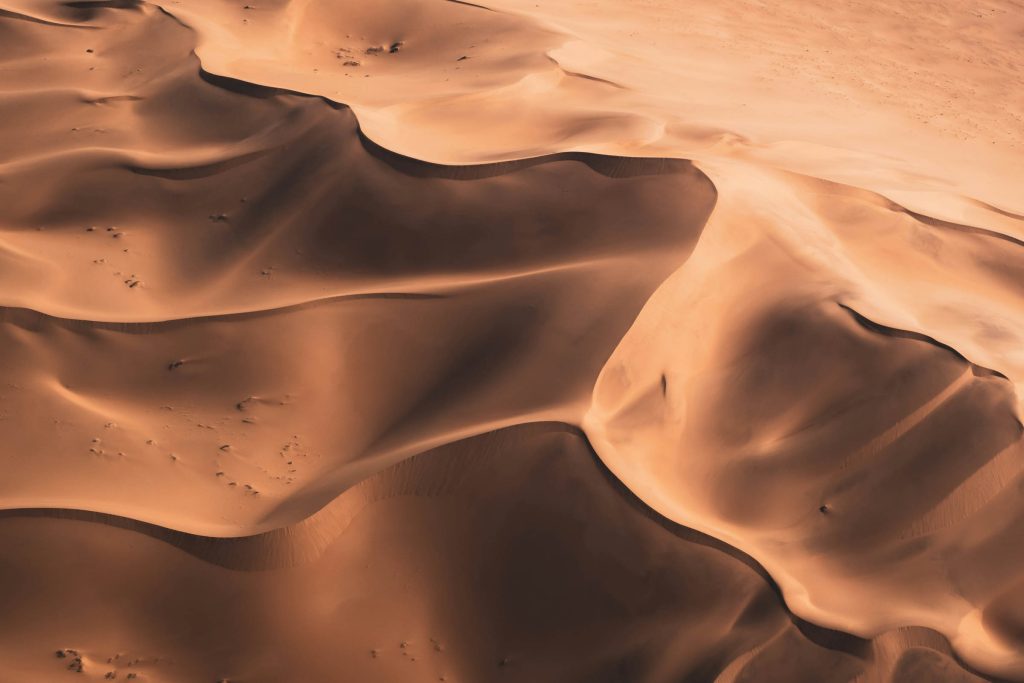Your Guide to Touring Namibia's Etosha National Park
Etosha National Park is Namibia’s most famous and loved wildlife retreat. The area offers brilliant...
 10 September 2024
10 September 2024 
As most of the locations in Namibia are very remote, being safe when driving a 4×4 is essential. When you hire a 4×4 vehicle from us, you need to familiarise yourself with the ins and outs of the off-roader before you leave the tarmac. After all, you wouldn’t want your self-drive adventure through the Namib Desert to be ruined by something that’s easily avoidable!
According to the Motor Vehicle Accident Fund, the most causes of accidents are pedestrians who do not take responsibility for their own safety, as well as drivers who lose control of their vehicles due to speed, drunk driving, and poor road conditions. However, there’s a lot more you can do to stay safe off-road. Let’s take a look at some useful tips for 4×4 driving in Namibia.

Photo: Unsplash
Before you start your engine, take some time to read through all the information supplied with your rental vehicle. You’ll be handed a bunch of paperwork at the reservations office, and no matter how excited you are to hit the road, it’s essential that you read through everything.
Here’s a checklist of things to do before you set off:
Once you set off on your adventure, you’ll need to keep the following things in mind:

Photo: Unsplash
In addition to these tips, you’ll benefit from carrying the following things with you. Some of them might be supplied by the reservations office, but you’ll need to double check before you depart. Here’s the list:
If you need to keep the family entertained along the way, check out our 10 greatest games to play with kids on the long road.

Photo: Unsplash
Driving on sand can be a tricky business, even if you’re in a solid 4×4 like a Toyota Land Cruiser or a Land Rover Defender. Remember to keep these tips in mind when you’re attempting to drive on sandy roads, whether you’re on the beach or a game farm.
Remember that dune driving is strictly prohibited in rental vehicles. If you want to experience this particular thrill, book an off-road excursion with one of the many tour operators in Namibia.

Photo: Unsplash
There you have it: the basic guide to staying safe in a 4×4 on your Namibian adventure. Once you’re ready to explore the Namib Desert, Etosha National Park, and all the other incredible natural areas in Namibia, browse through our impressive selection of 4×4 rentals to find the right one for you. You can also use the handy booking tool at the top of the page!
Safe travels, and remember: drive as fast as necessary and as slowly as possible.